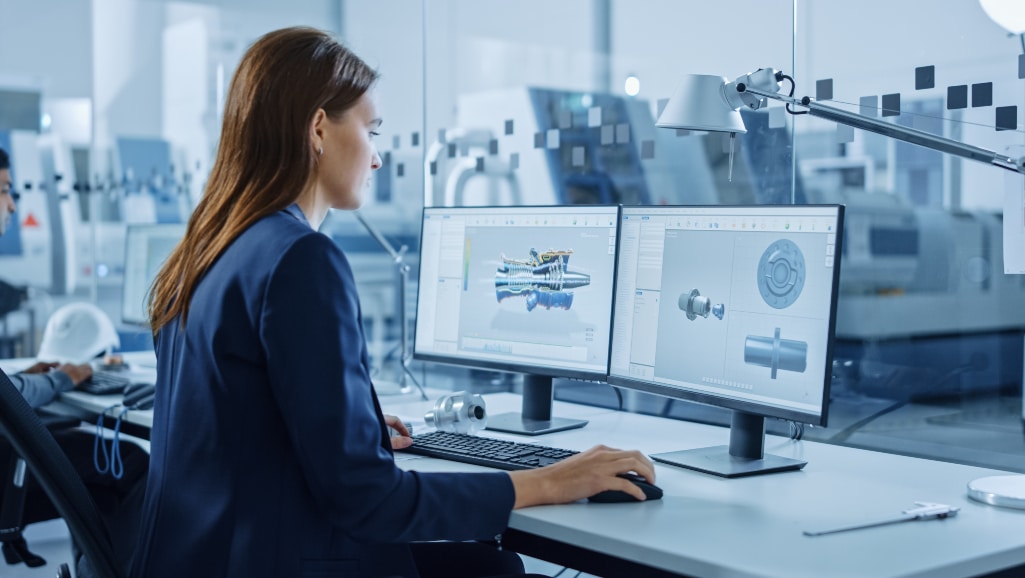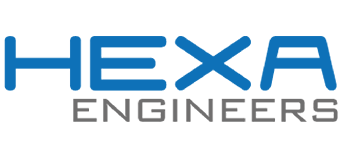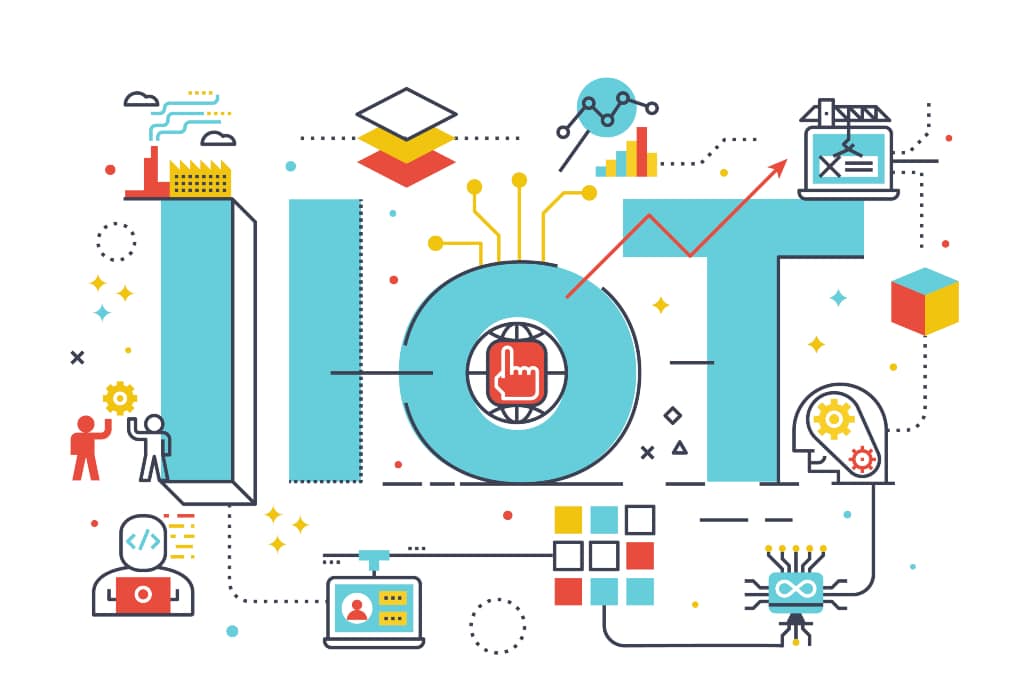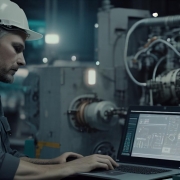What is a CMMS?
Hexa Ingenieros allows you to adapt the dimensioning of this software to the size of your factory, also adjusting the cost of the tool, without paying for utilities that are not going to be used.
How a CMMS works
The information in a CMMS database supports various system functions, which enable the following capabilities:- Manpower and resource management
- Asset register
- Work order management
- Preventive Maintenance
- Materials and inventory management
- Reports, analysis and auditing










